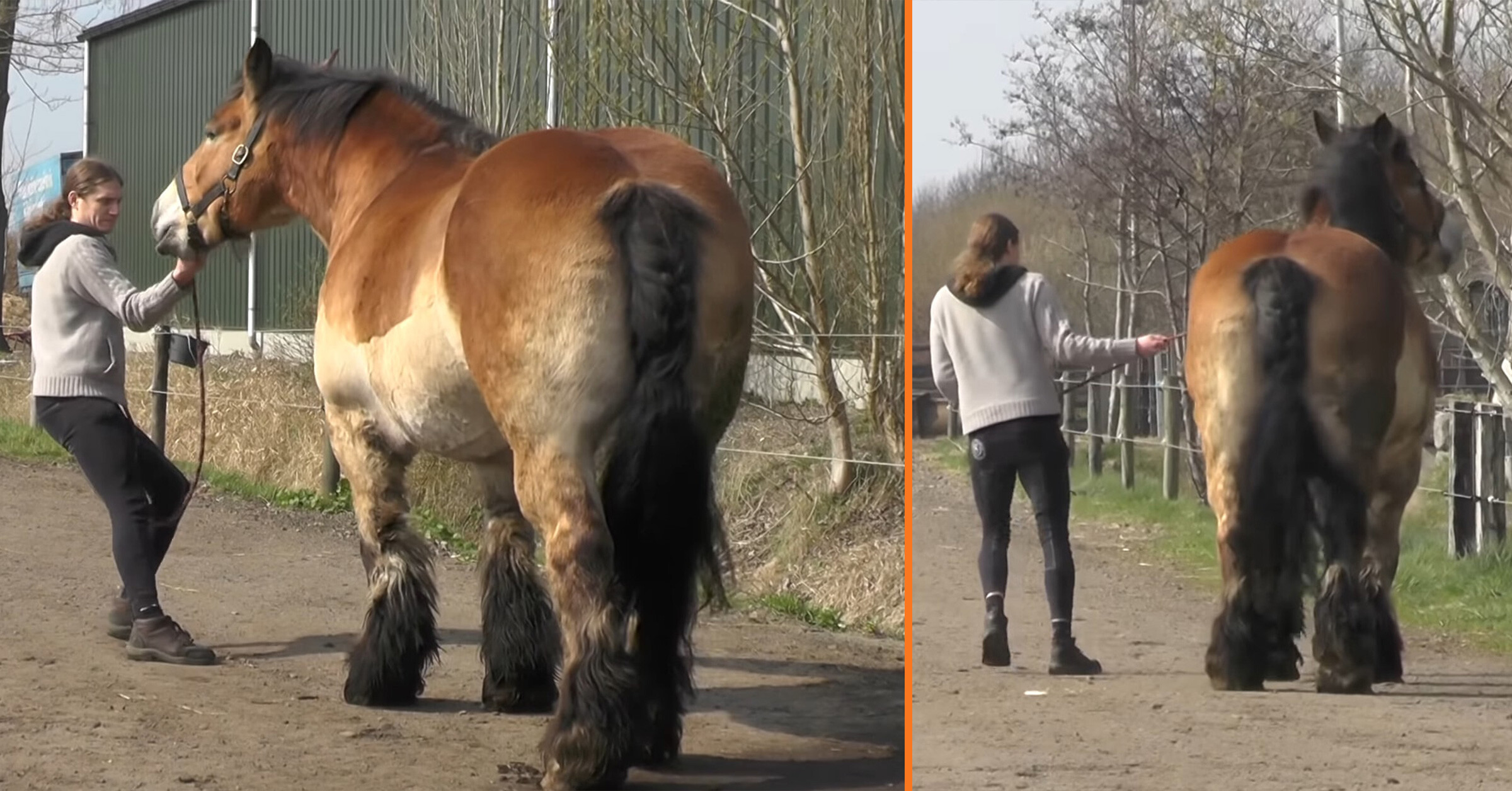If you’ve never encountered a stubborn horse, consider yourself lucky. These horses simply refuse to leave the vicinity of the barn or their favorite companions. Their refusals run the gamut from standing with their hooves “nailed to the ground” to jigging, bucking, backing up violently, rearing, or even throwing themselves on the ground.

The good news is that with some simple training exercises you can teach a stubborn horse to get over his issues and willingly go forward wherever and whenever you ask.

But stubbornness in horses sometimes is not stubbornness, but it is often a sign that the horse wants to communicate something to you. Horses are herd animals and highly social. Their lives depend on being with their herd and therefore they are hardwired to follow and please.

If a horse is not listening to you, go find the answer in his motivation. They either want to move away from discomfort/pain/danger or go to pleasure/food/friends. Some horses in riding schools, for example, are suffering from Learned helplessness and therefore people can easily mistake their depression for being stubborn. But once you communicate in a way the horse easily understands and in a friendly way, you will notice that they are never stubborn again.

The majority of non-compliance behaviors originate and can be remedied by exploring whether the question was clearly stated initially. Miscommunication due to the incorrect application of aids, or conflicting aids, resulting in desensitized or “misbehaving” horses, lie at the source of much purportedly stubborn behavior.

Although stubbornness is generally used in a pejorative sense, suggesting a perverse or unreasonable unyielding, the term also describes an unyielding quality that is justifiable and even admirable. Consider a person’s stubborn persistence in solving a problem, or stubbornly seeing a task through to its conclusion. If future equine research uncovers a personality trait of stubbornness, we may need to consider this positive flip side.
